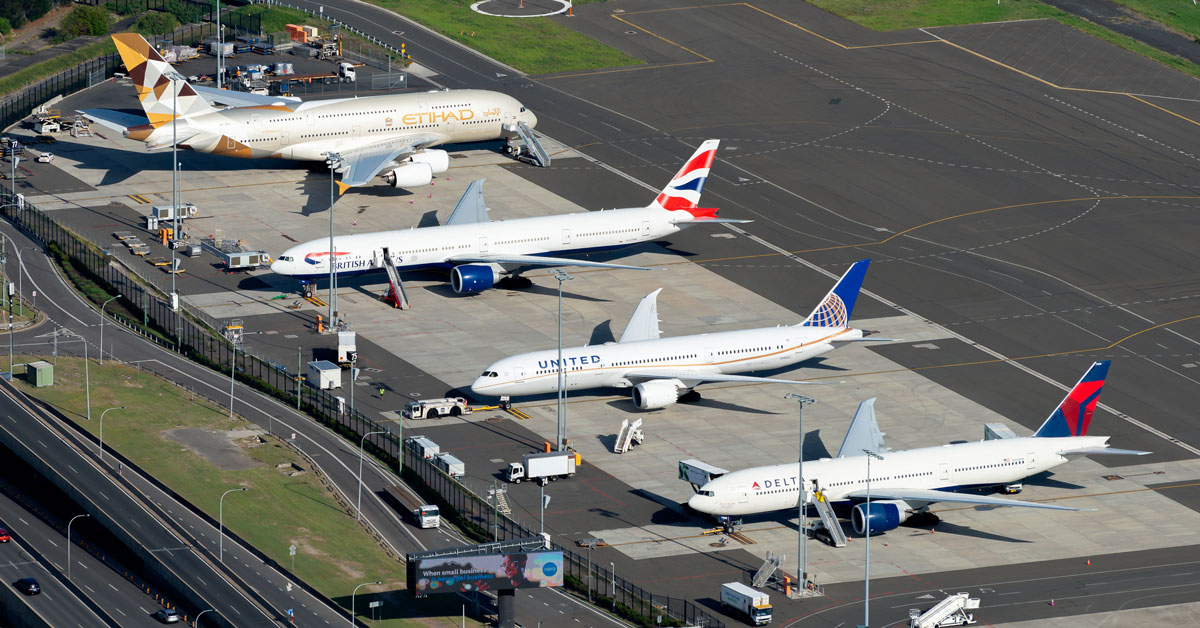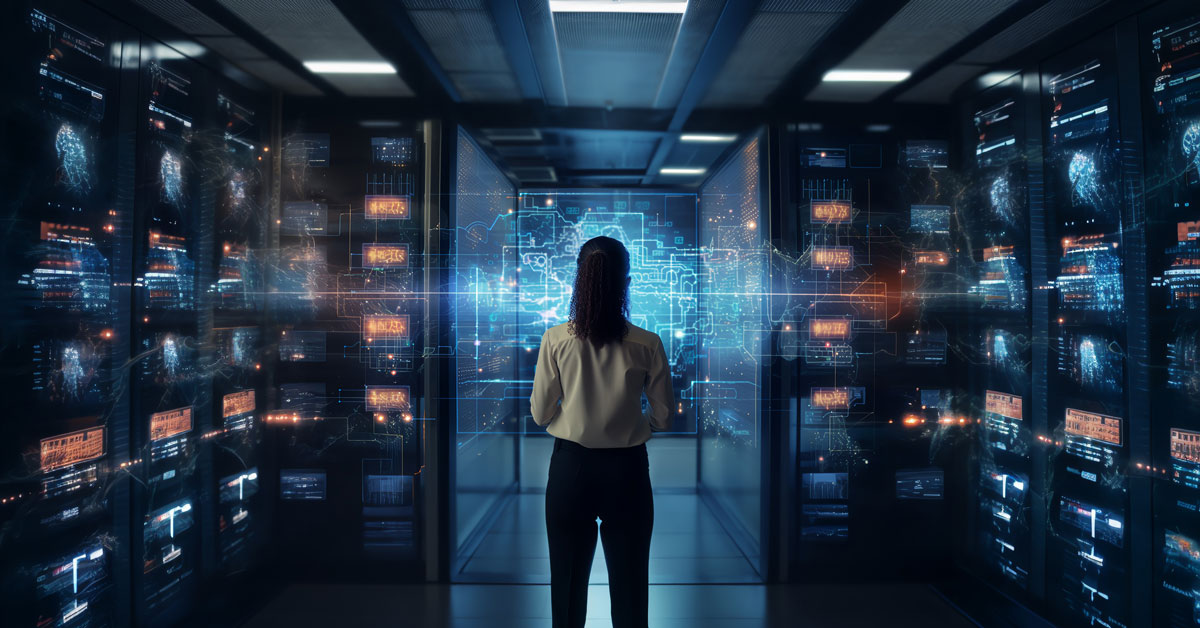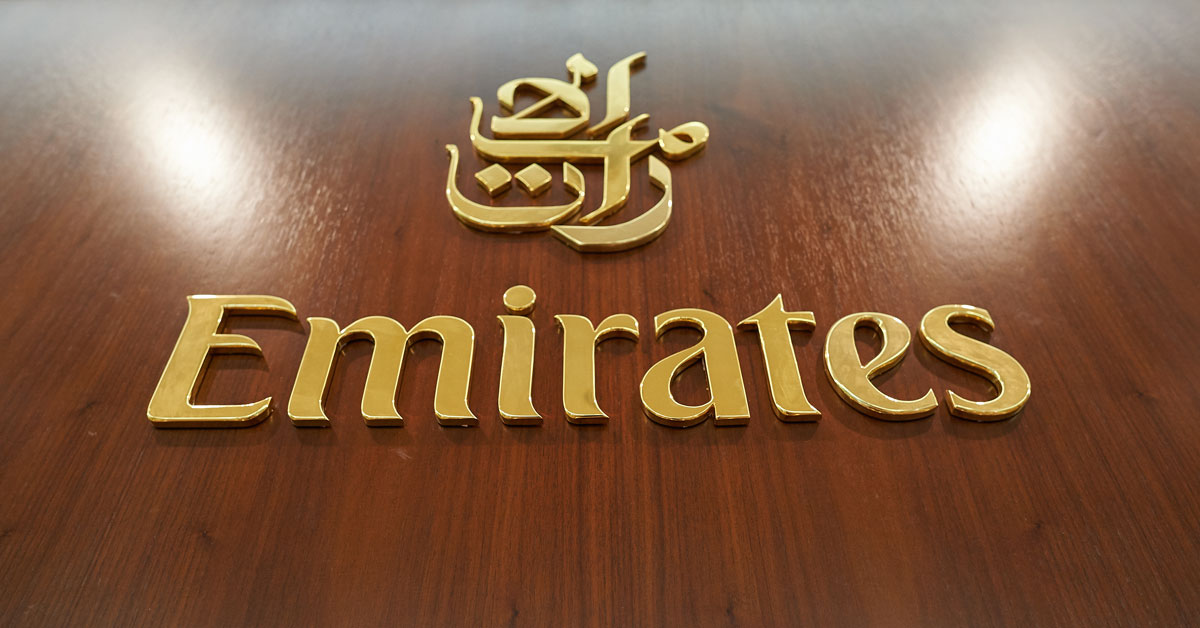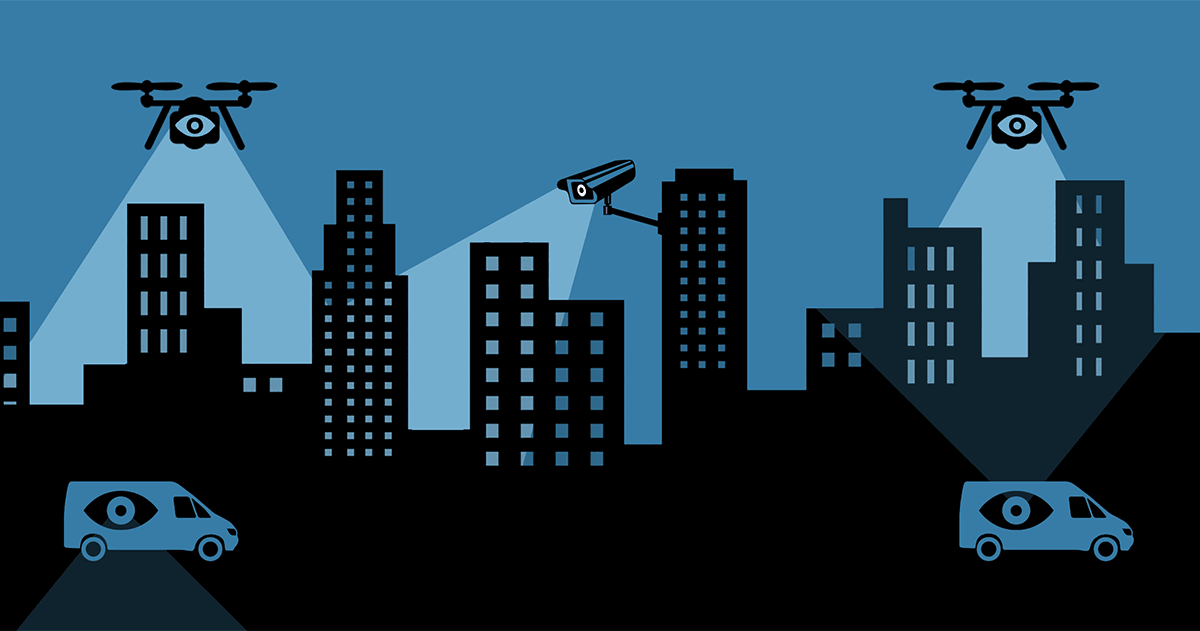The aviation industry has experienced tremendous growth in recent years, thanks to technological advancements that have made flying safer, more efficient, and cost-effective. One of the most exciting impactful advances in aviation technology is machine learning. By harnessing the power of machine learning, airlines can efficiently analyze massive volumes of data, enabling them to make well-informed decisions and enhance safety measures. In this blog post, we will delve into the transformative power of machine learning in revolutionizing the aviation industry and examine its profound implications for the future.
Safety First!
Safety is of utmost importance in the aviation industry, and the utilization of machine learning holds the potential to further enhance the safety of air travel. With access to vast amounts of data, machine learning algorithms can detect patterns and anomalies that humans may overlook. This technology can be used to predict and prevent potential safety hazards, such as mechanical failures or adverse weather conditions. Machine learning can also analyze pilot and crew performance data to identify areas for improvement, leading to better training programs and ultimately safer flights. As a result, passengers can have peace of mind knowing that their safety is being prioritized in every aspect of air travel.
Flight Operations

In addition to enhancing safety, machine learning is also revolutionizing flight operations. With real-time data analysis, airlines can optimize flight routes to reduce fuel consumption and decrease flight times. Machine learning algorithms can also analyze historical data to predict demand for flights and adjust schedules accordingly, reducing delays and cancellations. This technology can also assist with flight planning and decision-making processes, such as determining the most efficient altitude for a flight based on weather conditions. By improving operational efficiency, machine learning is saving airlines time and money while also reducing their impact on the environment. These improvements not only benefit the airlines but also provide a better travel experience for passengers.
Efficiency at its Best
Another area where machine learning has great potential to revolutionize the aviation industry is in streamlining operations and improving efficiency. Airline companies deal with immense amounts of data on a daily basis, ranging from passenger bookings and flight schedules to maintenance and crew schedules. By implementing machine learning algorithms, airlines can quickly analyze this data and make predictions on potential delays or cancellations, allowing them to take proactive measures. This not only saves time and resources but also enhances the overall travel experience for passengers. Moreover, by optimizing flight routes and fuel consumption through machine learning, airlines can significantly reduce their operational costs.
Airlines are under constant pressure to improve efficiency, and machine learning algorithms can help them achieve this goal. By analyzing data from flight operations, airlines can optimize fuel consumption, reduce turnaround times, and improve on-time arrivals. Additionally, airlines can use machine learning algorithms to predict delays and identify opportunities to improve operational efficiency. This can result in significant time and cost savings for airlines, making air travel more efficient for both passengers and the industry as a whole.
Personalization and Customer Experience

Machine learning algorithms are being used by airlines to understand passenger behavior and preferences. By analyzing data from past bookings and interactions with customers, airlines can predict what customers want and provide personalized services and offers. For example, airlines can use machine learning to personalize in-flight entertainment options, recommend travel destinations, and offer relevant upgrades or travel packages. As a result, airlines can improve the customer experience and build stronger relationships with their passengers.
Predictive Maintenance
By using data from sensors and other sources, machine learning algorithms can detect potential equipment failures before they happen, allowing for proactive maintenance rather than reactive repairs. This predictive maintenance approach not only reduces the risk of in-flight malfunctions but also decreases maintenance costs for airlines. By identifying potential issues early on, airlines can schedule maintenance during off-peak times, reducing the impact on flight schedules and passenger experience. This not only improves the overall safety of flights but also helps airlines save money and operate more efficiently.
In addition to improving safety, flight operations, and maintenance, machine learning is also making a significant impact in the field of air traffic control. By analyzing real-time data from multiple sources, including radar and weather systems, machine learning algorithms can help optimize air traffic flow and reduce congestion. This not only saves time and fuel but also improves safety by reducing the risk of mid-air collisions.

Reduced Costs
In recent years, there has been a noticeable surge in ticket prices, reaching unprecedented heights across the airline industry. As a solution, leveraging advanced machine learning algorithms for predictive maintenance can prove to be highly advantageous for airlines. By accurately predicting maintenance needs, airlines can significantly cut down on expensive repairs and replacements, thereby saving substantial costs.
Moreover, enhancing safety measures plays a crucial role in preventing costly accidents and delays, which can potentially result in lost revenue. By prioritizing safety and implementing effective strategies, airlines can not only safeguard their passengers but also maintain a consistent and reliable service, further boosting customer satisfaction.
Additionally, optimizing flight routes and schedules can yield significant cost-saving benefits. Through careful analysis and adjustments, airlines can minimize fuel consumption, leading to substantial savings in fuel costs. This, in turn, directly impacts the profitability of airlines, allowing for potential reductions in ticket prices for passengers.
By implementing these comprehensive measures, airlines can not only enhance their operational efficiency but also make air travel more affordable and accessible, ultimately benefiting both the industry and the passengers alike.

Fraud Prevention
Machine learning algorithms can be used by airlines to detect and prevent fraud. By analyzing booking and payment data, airlines can identify fraudulent transactions and take action before they result in any loss. Additionally, machine learning algorithms can be used to identify patterns of fraud and prevent future incidents. By using machine learning for fraud prevention, airlines can save millions of dollars and protect their reputation.
Here are a few illustrations of the machine learning initiatives being implemented by some of the leading airlines.
Delta Airlines – Delta Airlines leverages the power of machine learning algorithms to meticulously analyze vast amounts of data collected from aircraft sensors. By scrutinizing this data, they are able to continually monitor and fine-tune aircraft performance, diminish maintenance duration, and enhance fuel efficiency to a remarkable degree. Moreover, Delta Airlines employs machine learning techniques to personalize its esteemed SkyMiles rewards program, tailoring exclusive and targeted promotions to its valued customers, ensuring an unparalleled travel experience.
American Airlines– American Airlines leverages the power of machine learning algorithms to analyze vast amounts of data from various operational systems, such as flight planning and crew scheduling. By conducting such comprehensive analysis, American Airlines can uncover valuable insights and identify numerous opportunities for optimization, thereby enhancing overall operational efficiency to unprecedented levels. Moreover, through the utilization of cutting-edge machine learning techniques, American Airlines goes beyond the realm of operational data and delves into customer-centric insights. This enables them to provide personalized recommendations for travel options and upgrades, ensuring that each customer’s journey is tailored to their unique preferences and needs. With a commitment to innovation and utilizing advanced technologies, American Airlines continues to redefine the travel experience, setting new benchmarks in the industry.

United Airlines – United Airlines leverages advanced machine learning algorithms to thoroughly analyze a wide range of customer data, taking into account individual preferences, travel history, and even previous interactions. This comprehensive analysis enables the airline to create highly personalized offers and tailor the customer experience to unparalleled levels of satisfaction. Moreover, through the power of machine learning, United Airlines optimizes flight schedules with precision, ensuring enhanced on-time performance and delivering an even smoother travel experience for passengers. By embracing cutting-edge technological advancements, United Airlines remains at the forefront of innovation, consistently striving to exceed customer expectations and set new standards in the aviation industry.
Southwest Airlines – Utilizing advanced machine learning algorithms, Southwest Airlines leverages the power of data analysis to thoroughly examine safety data, encompassing flight data recorders and cockpit voice recorders. By conducting meticulous analysis, potential safety risks can be promptly identified, enabling proactive measures to be taken before they manifest into larger issues. Furthermore, Southwest Airlines harnesses the capabilities of machine learning to optimize fuel consumption, resulting in significant cost reductions and enhanced operational efficiency.
Virgin Atlantic – Virgin Atlantic uses machine learning algorithms to analyze data from aircraft sensors and engines. This analysis is used for predictive maintenance, identifying potential issues before they result in delays or cancellations. Additionally, Virgin Atlantic uses machine learning to personalize its customer experience, from in-flight entertainment options to tailored travel recommendations.

Emirates Airlines – Emirates Airlines uses machine learning algorithms to analyze customer data, including booking history, preferences, and feedback. This analysis is used to improve the customer experience by offering personalized services and recommendations. Additionally, Emirates Airlines uses machine learning to optimize flight routes and schedules, reducing fuel costs and improving on-time performance.
As you can see, machine learning is playing a crucial role in the aviation industry by improving safety, efficiency, and customer experience while also saving airlines millions of dollars in costs. With continued advancements in technology and data analysis, we can expect even more advancements and improvements in the future. From optimizing flight operations to detecting fraud, machine learning is revolutionizing the way we travel and shaping the future of air travel. So next time you board a flight, remember to thank machine learning for making your journey safer, smoother, and more affordable.
In conclusion, it is evident that machine learning is revolutionizing the aviation industry. From improving safety to increasing efficiency and enhancing customer experience, the potential impact of machine learning in aviation is immense. As technology continues to advance, we can only expect to see more innovative applications of machine learning in the aviation industry, ultimately leading to a safer, more efficient, and enjoyable travel experience for all. So buckle up and get ready for a future of flying that is powered by machine learning! So, let’s continue exploring the potential impact of machine learning on other industries as well. Machine learning has already made its mark in healthcare, finance, marketing, and many other sectors. As this technology continues to evolve, we can expect to see even more industries adopting it and exploring its capabilities. With the help of machine learning, companies can make faster and more accurate decisions, optimize processes and resources, and provide better services to their customers. The future is bright for machine learning, and its potential to transform industries is limitless. So let’s keep an eye on this rapidly evolving technology and see where it takes us in the future. The possibilities are endless, and we can only imagine the exciting advancements that are yet to come.

































